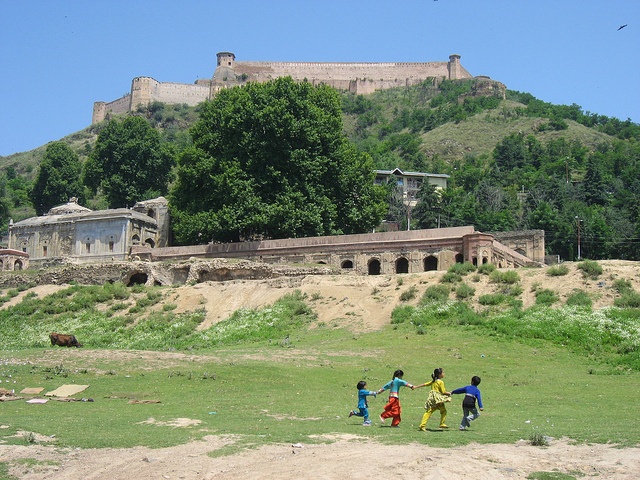Uttarayan Complex
Uttarayan Complex is the prestigious place in Santhiniketan blessed by the life of Rabindranath Tagore, It is here the great poet lived for his lifetime. This complex contains several buildings in distinct architectural styles. There is a Prayer Hall, built in 1863 by Maharshi Debendranath Tagore where Brahmo prayers used to be held. The art gallery and museum in this complex is credited with the Nobel Prize medal, a bangle and a watch of the poet. Murals are displayed exceptionally in the gallery of the complex.

